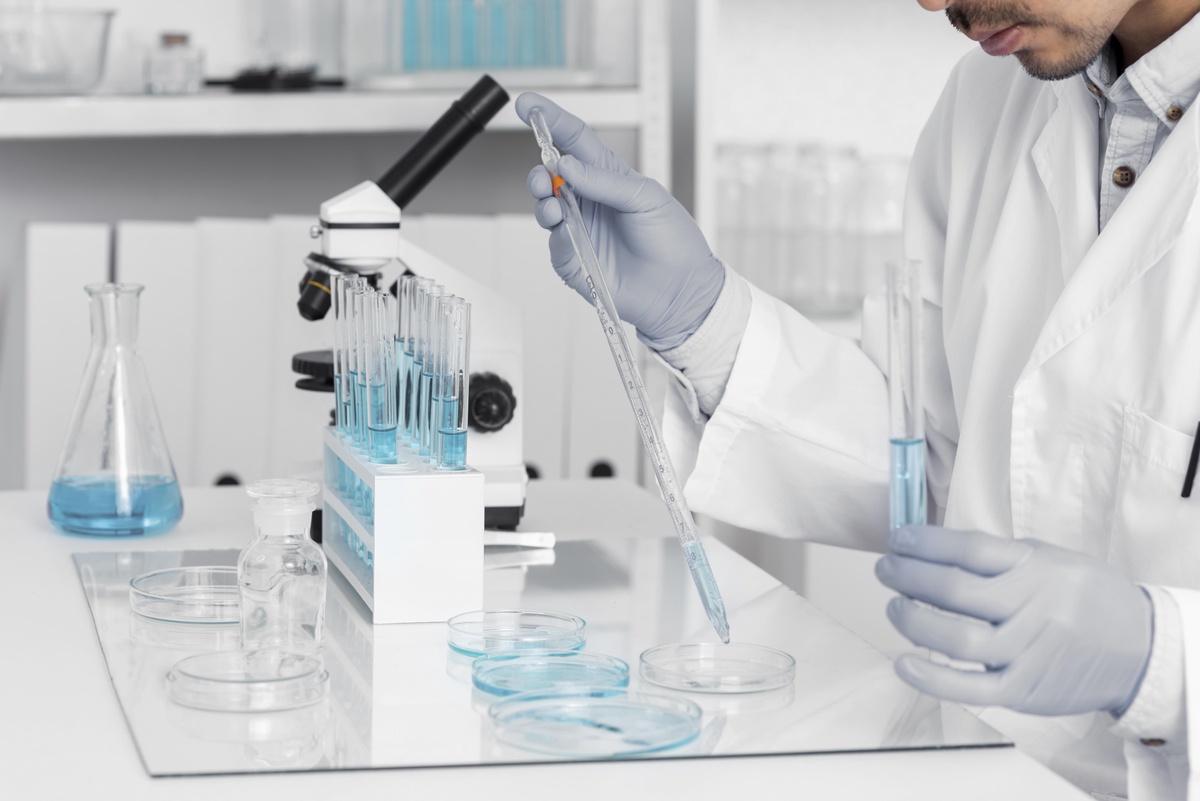Pharmacovigilance constant target is to protect the public from potential drug dangers. It's the on-going caution we take when taking drugs, carefully tracking and assessing side effects to make sure they're both safe and effective. The Pharmacovigilance Plan , a thorough road map that directs the monitoring and reporting of drug safety throughout its lifecycle, is at the centre of this carefully effort.
What is the Pharmacovigilance Plan?
The Pharmacovigilance Plan functions similarly, outlining the strategies and procedures for monitoring and reporting potential adverse drug reactions (ADRs) throughout a drug's development, launch, and post-marketing phases. It's a dynamic document, evolving as new information emerges about the drug's safety profile.
Why is a Pharmacovigilance Plan Important?
No drug is entirely risk-free. Even thoroughly tested medications can harbour unforeseen side effects. The Pharmacovigilance Plan acts as a safety net, ensuring:
- Early Detection:By establishing clear protocols for identifying and reporting ADRs, potential safety issues can be flagged early, preventing widespread harm.
- Risk Management:The plan outlines strategies to minimize risks, such as prescribing restrictions, dosage adjustments, or even withdrawal from the market.
- Transparency:Clear communication of safety data with regulatory bodies, healthcare professionals, and patients fosters trust and informed decision-making.
Why are Guidelines Needed?
To maintain consistency and ensure comprehensive Pharmacovigilance Plans, regulatory agencies like the International Conference on Harmonization (ICH) have established guidelines. These guidelines provide a standardized framework for:
- Risk Assessment:Identifying potential safety risks based on preclinical and clinical data.
- Data Collection and Reporting:Defining procedures for collecting and reporting ADRs from healthcare professionals and patients.
- Signal Detection:Identifying patterns and trends in ADR reports to detect potential safety issues.
- Risk Management Strategies:outlining plans to mitigate identified risks.
What do Guidelines describe?
These guidelines outline a systematic approach for summarizing safety information, including:
- Safety specifications:This section identifies potential risks associated with the drug, based on pre-clinical and clinical trial data. It acts as a red flag, highlighting areas for close monitoring.
- Pharmacovigilance activities:The plan outlines specific activities, such as ADR reporting procedures, data collection methods, and signal detection strategies. These activities form the backbone of proactive safety monitoring.
- Risk management plan:This section outlines strategies for mitigating identified risks and minimizing potential harm. It might involve dosage adjustments, label changes, or even drug withdrawal if necessary.
The Pharmacovigilance plan also encompasses communication strategies, resource allocation plans, and timelines for implementation. It's a dynamic document, constantly evolving as new safety information emerges and regulatory requirements change.
Education and Eligibility for Pharmacovigilance Courses:
If safeguarding public health through pharmacovigilance resonates with you, there are various educational pathways to consider. Numerous universities and institutes offer:
- Master of Science in Pharmacovigilance:This comprehensive program equips you with the theoretical and practical knowledge for a successful career in the field.
- Diploma Courses in Pharmacovigilance:These shorter programs provide a focused understanding of Pharmacovigilance principles and offer a valuable entry point for those with related healthcare backgrounds.
- Online Certification Courses:Pharmacovigilance Course these flexible options cater to busy professionals, providing essential Pharmacovigilance knowledge and skills in a convenient format.
Eligibility for these courses typically requires a bachelor's degree in a life science field, such as pharmacy, medicine, or biology. Strong analytical skills, attention to detail, and a passion for patient safety are also essential qualities for success in this field.
The Future of Pharmacovigilance Plans:
As the healthcare landscape evolves, so too will Pharmacovigilance plans. Artificial intelligence and advanced data analytics are poised to revolutionize the field, enabling more efficient signal detection, risk prediction, and personalized safety monitoring. The Pharmacovigilance plan will remain a vital tool in this evolving landscape, ensuring the continued safety and efficacy of medications, safeguarding the well-being of patients and the trust in the pharmaceutical industry.
Conclusion:
The Pharmacovigilance Plan is the silent guardian of drug safety, playing a vital role in protecting public health. Understanding its purpose, components, and importance empowers us to appreciate the meticulous efforts behind ensuring the safety of the medications we rely on. If the intricacies of pharmacovigilance pique your interest, consider delving deeper into this crucial field and contributing to the noble pursuit of safeguarding public health through the power of knowledge.


No comments yet